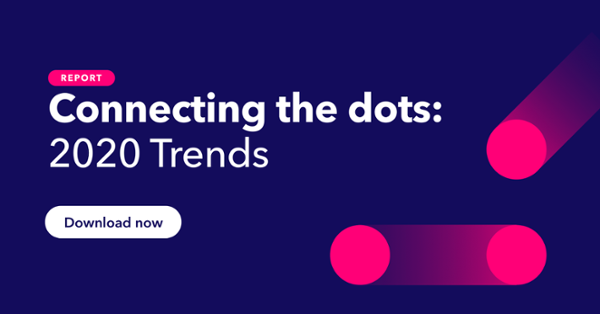Generation X are viewed by many as the hard-to-reach generation, defined more by the millennial and baby boomer brackets they sit outside of, rather than the characteristics that set them apart.
Around a third of internet users globally fit into the Gen X category (born 1964-1982, aged 35-53). The majority are busy professionals with families, and as a generation they wield great spending power, making them a key audience for marketers.
But as they usually find themselves on-the-go, they lack the luxury of time to explore the digital world in the same way younger generations do.
And as they’re more likely to be going online with a purpose, marketers have less moments of opportunity to engage Gen Xers.
So how can we understand this generation a little better? Here we outline four insights to help improve targeting to Gen X in 2018 and beyond.
1. They’ve fully embraced digital media.
Broadcast TV is still the biggest source of entertainment for Gen Xers, but that’s not to say they haven’t embraced all things digital.
In fact, a third of daily time spent watching TV-based content is dedicated to online TV/streaming services.
1 in 5 also paid for a TV or movie streaming service last month, showing they’re actively engaging with new media.
Their digital footprint in news consumption is also worth noting; they now dedicate more daily time to reading digital press than print – revealing key opportunities where Gen Xers are consuming content with intent.
2. They’re almost as present on social as millennials.
Gen Xers are now spending an average of close to 2 hours a day on social media (that’s 48 minutes less than millennials), and they shouldn’t be hard to find.
Facebook is way ahead of the pack as their social hub.
The number that was actively engaged with the platform last month is equal to that of millennials (at 49%).
But unlike millennials, who are most likely to be using it to fill up spare time, Gen Xers’ motivations for using social media are far more goal-oriented than just casual browsing. They’re most likely to use it to stay up-to-date with news, and to keep in touch with their friends.
These purpose-driven social media activities highlight a bigger need to target content to Gen Xers, as purpose brings guaranteed attention.
3. They now prefer mobile across every stage of their online purchase journey.
Gen Xers are becoming just as attached to their mobiles as the younger generations, so much so that their handsets are now the go-to device for research, purchase and advocacy stages in the consumer journey – a significant shift from the last quarter.
They’re now more likely to reach for a mobile than a PC/laptop when searching for products to buy online (59% vs. 54%), purchasing products online (49% vs. 46%) and for posting product or brand reviews (24% vs. 23%).
In fact, this leaning towards mobile is impacting physical purchases too, with 3 in 10 having used their phone to pay for an item past month.
4. They look to save money and will be loyal in return.
In terms of spending power, Gen Xers are where it’s at. A quarter sit within the affluent income bracket, but the same number says they always try to find the best deals when purchasing products.
Around a half are motivated by coupons or discounts to make a purchase. Out of all generations, they’re also the most likely to value the possibility of receiving loyalty points when purchasing, with many being happy to advocate brands in return.
If brands get it right, Gen Xers are the generation most likely to be loyal.
3 in 5 agree that once they find a brand they like, they’ll stick with it.
As with any generation, the deal-breaker is to understand the needs of Gen Xers without generalization, tailoring brand message and strategy accordingly.
After all, with spending power in mind, Gen X’s return and interaction is potentially more rewarding than any other.



